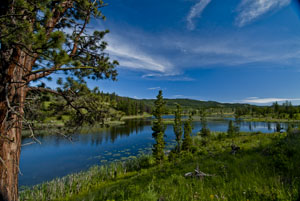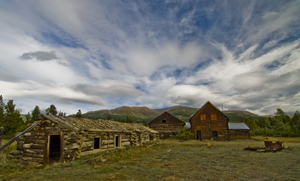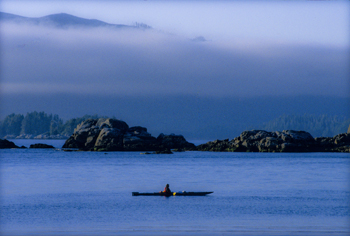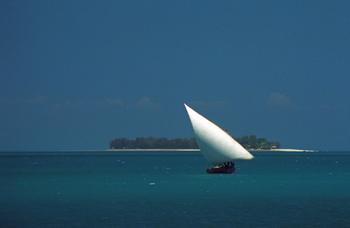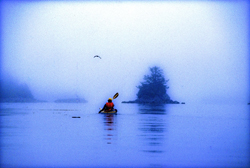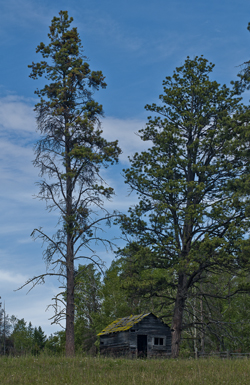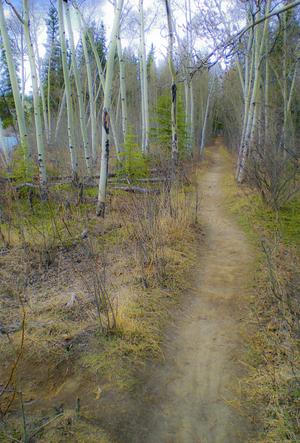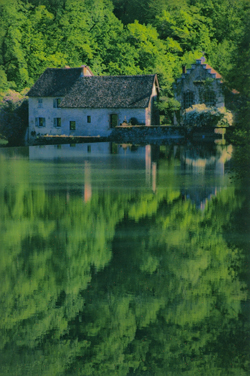Maps, Dreams and a Road Trip to Port Townsend
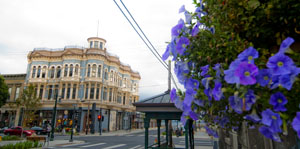
This past week a good friend and I embarked on one of those memorable institutions of Americana (or Canadiana—we are both Canucks)—the road trip. Not that it was one of those great ventures across the continent like so many novelists have captured. No this was a small road trip—actually more of a mini or micro-mini road trip all the way from Vancouver, Canada, to Port Townsend, Washington. Why did we go? Just like any other road trip, we went because it was there and because it was a point on a map that we hadn’t visited before.
Road trips seem like an important part of our North American culture. Maybe it’s our love of the automobile or maybe it’s the distances, but I know people who think nothing of hopping in their car and driving for days on end just to visit a friend, or to be able to stand on a point of land and look out at the Pacific Ocean. Yes, they might have been able to fly to the location quicker and more conveniently, but the road trip makes the process of getting there just as important as the arrival.
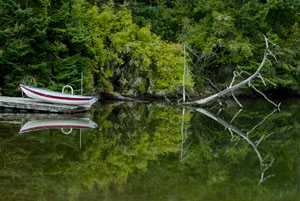
My first road trips were in the back of my parents’ black Ford sedan, travelling across the continent not once, not twice, but at least five or six times because my dad was posted at a military base on one side of the continent and ‘home’ was always on the other side. Dad would drive and mom would ride shot gun and play navigator with the road map. For summer holidays we took road trips from the Pacific Northwest to Utah and California or Montana. Those were memorable trips and brought home at a young age, just how huge the continent was and the diversity of all the places there were to visit and all the different people you could meet along the way. We’d play games of spotting license plates from other places, and I’d count the horses I saw in the fields.
My first independent road trip was right out of high school when, with two friends, we drove to Mexico and back in a Ford van affectionately known as the Dorf. At eighteen it was adventure and an announcement of independence to the world. It took all three of us to places we’d never been before, following the map down the coast and back up I5. We got lost travelling at night playing leapfrog with the long haul truckers and then turning off when exhaustion made us look for a place to sleep in the Van. We got chased off by locals and scared by someone prowling around us and ended up taking turns and travelling right straight through from central California to home in one sitting following the long straight road laid out on the map for us.
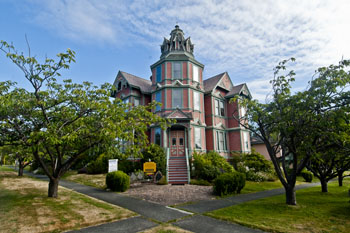
What is it about the road trip that draws most of us to such a trip at some point in our lives? Is it simply the love for the automobile and the feel of power that wheels us away from the moorings of our life, or is the call to adventure that dreamers dream of and writers write about? Or is it the vestigial need to explore that remains like a tailbone in our psyche?
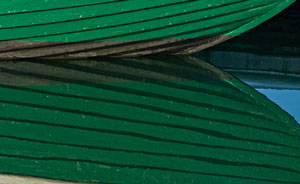
Either way, my friend and I explored the heritage byways and backwaters of Whidbey Island before climbing on a ferry and crossing to Port Townsend. We followed the city map of heritage houses and explored the town before heading on our way again looking for opportunities to fall of the map before climbing back on again to eventually find our way home. At one point our trusty map failed us and it took a kind trucker and his GPS to put us straight again, but that’s the nice thing about road trips: you meet nice people most of the time. When we got home my friend and I were both ready for another, longer trip. We’re already scanning the maps for new places we haven’t seen. Any recommendations?

